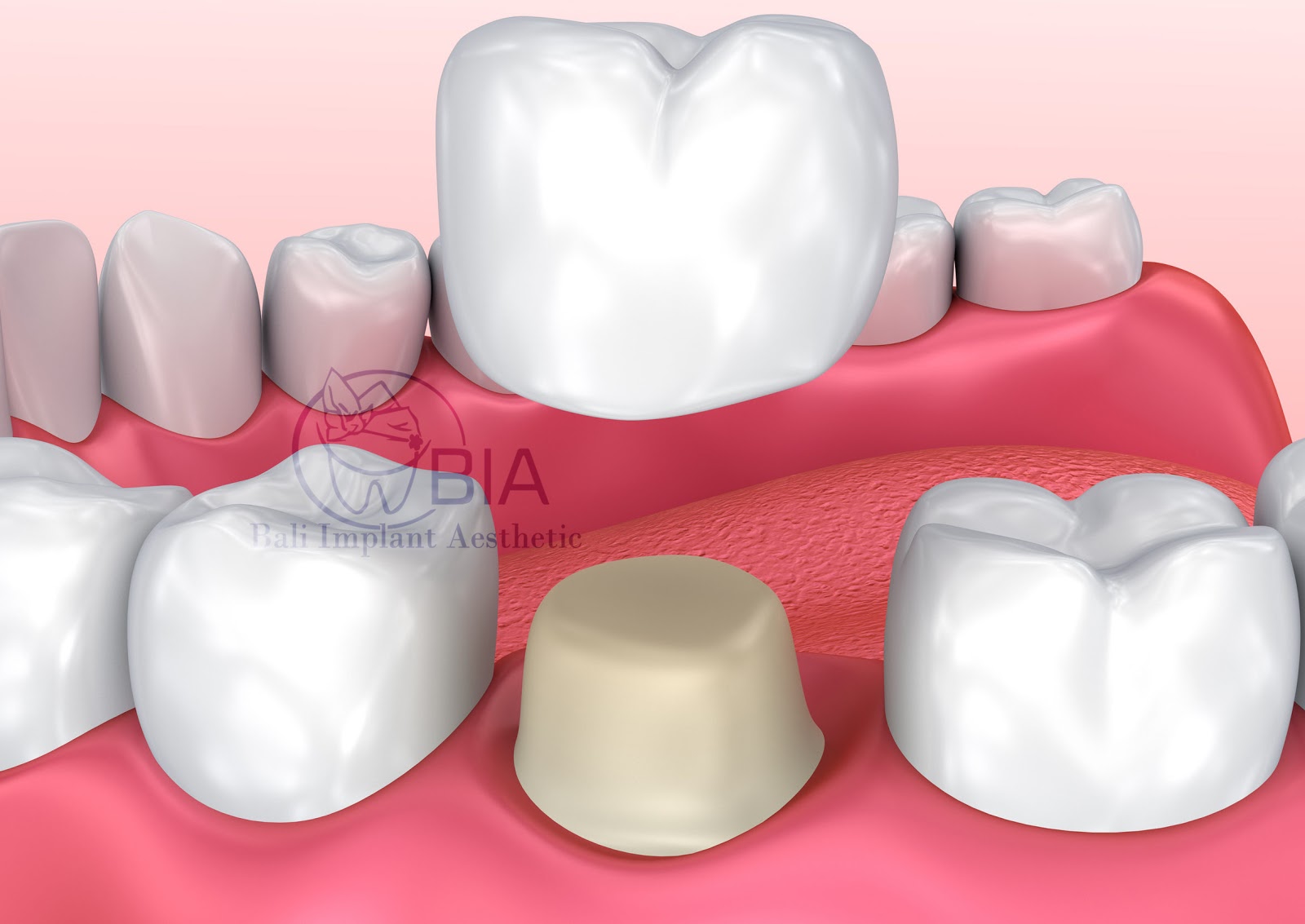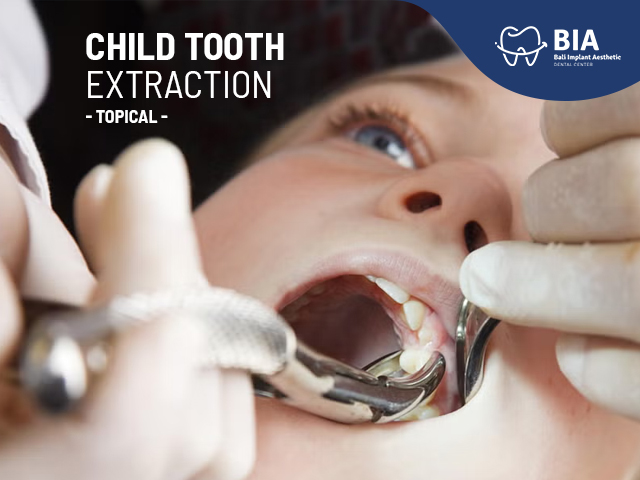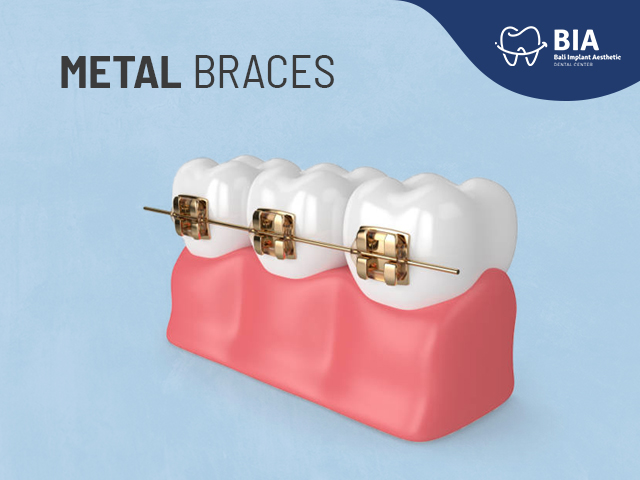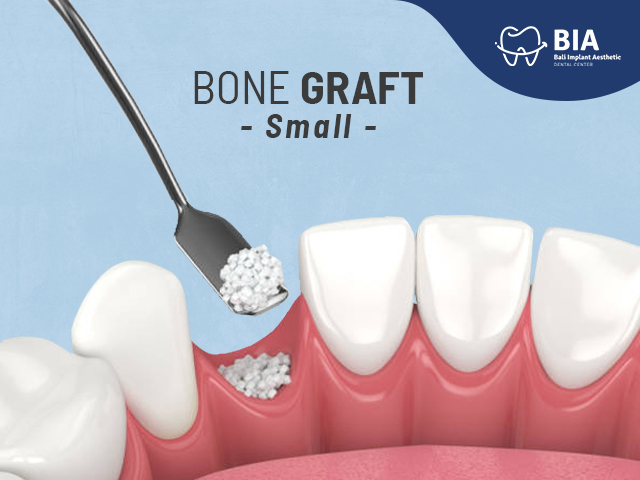When it comes to accidental cracks and breaks to the tooth’s surface, repairing the tooth to its original appearance and functionality can be a relatively costly and stressful affair. But the need for restorative treatments may be necessary to complete your smile.

n the last article, we already knew the difference between The Dental Filling vs The Inlay. This article is going to talk about Onlay vs Crown, which both terms refer to porcelain restorations that fix teeth with significant damage that it has to be covered completely to restore its health and function.
Dental Crowns
A crown is a piece of porcelain and ceramic that replaces your entire outer tooth structure. A crown is used when more than 50% of the occlusal surface (or biting surface) of your tooth is affected. Often, a crown is used to replace an inlay, onlay, or filling that has become decayed again and the restoration would be so big that it would threaten the integrity of your tooth. Once the final digital impression is taken, the dentists design the crown and they will stain and glaze the crown so that it matches the surrounding teeth. Finally, they will cement the crown to your tooth.

Rarely will a dentist use a crown as an aesthetic solution unless the tooth has been damaged from grinding or some other cause. Dental crowns only make the best choice for making cosmetic changes in situations where they serve other purposes, such as restoring teeth to their original shape or strengthening them.
The pros and cons of crowns
Crowns are strong and sturdy. Even stronger, in fact than a natural tooth! Crowns look and feel like a natural tooth and thanks to the reinforced strength, they function naturally as well.
Unfortunately though, dental crowns require a lot of the natural tooth’s structure to be depleted. This is because crowns are fabricated as a replacement for the visible part of the tooth so for them to fit comfortably, the visible part of the tooth must be removed.

Onlay
An onlay is a piece of porcelain and ceramic that fits over most of your prepared tooth. An onlay is used when the affected area of the tooth includes the cusps of the teeth. The dentist will remove the decayed portion of your tooth and take a digital impression. Then they design the onlay to match the rest of your tooth’s anatomy. Once the onlay is designed, the dentists will stain and glaze it so that the color matches your existing tooth. Finally, the onlay is cemented onto your tooth. An onlay can cover one, two, or three surfaces.
Onlays are often referred to as partial crowns because they can look similar to crowns at times but they don’t require as much tooth structure to be lost from the tooth.
The pros and cons of onlays
Although these restorations are not quite as strong as crowns, they still have a great number of advantages. For some people, if they have not taken proper care of their oral health or a filling or crown has become defected, the tooth may need to be restored. Unfortunately, this can cause a lot of damage to the remaining tooth structure. In cases like these, if the tooth has been restored with a filling, inlay or onlay, the later restoration will be more likely to not require a full tooth replacement. Where crowns are involved often the remaining tooth structure is no longer salvageable.
So which is better?
Generally speaking, crowns are the most predictable way to restore a heavily broken down tooth. It’s important though to take into account that medium holes or defective fillings may be better restored with onlays. Onlays in the number of circumstances may be better for the long-term strength of your tooth that having a crown.
It preserves more of your natural tooth to bond-to and can avoid the need for a more extensive crown in the future.
Don't hesitate to contact BIA Dental Center to get more information about Inlay/Onlay and Dental Crown and what the difference between. Come and visit us at Jln. Sunset Road No. 86A Seminyak, Kuta, Badung, Bali, Indonesia.




